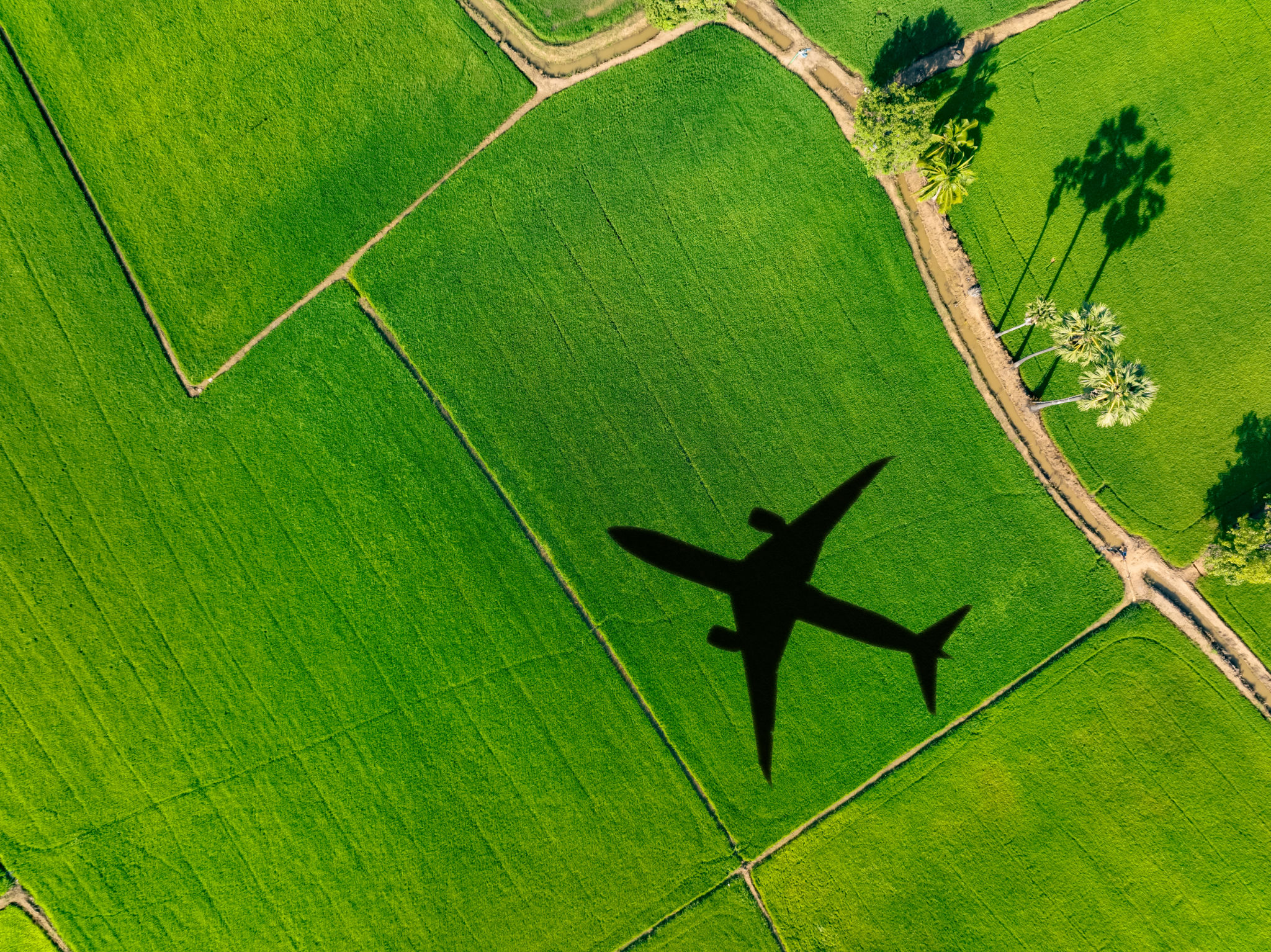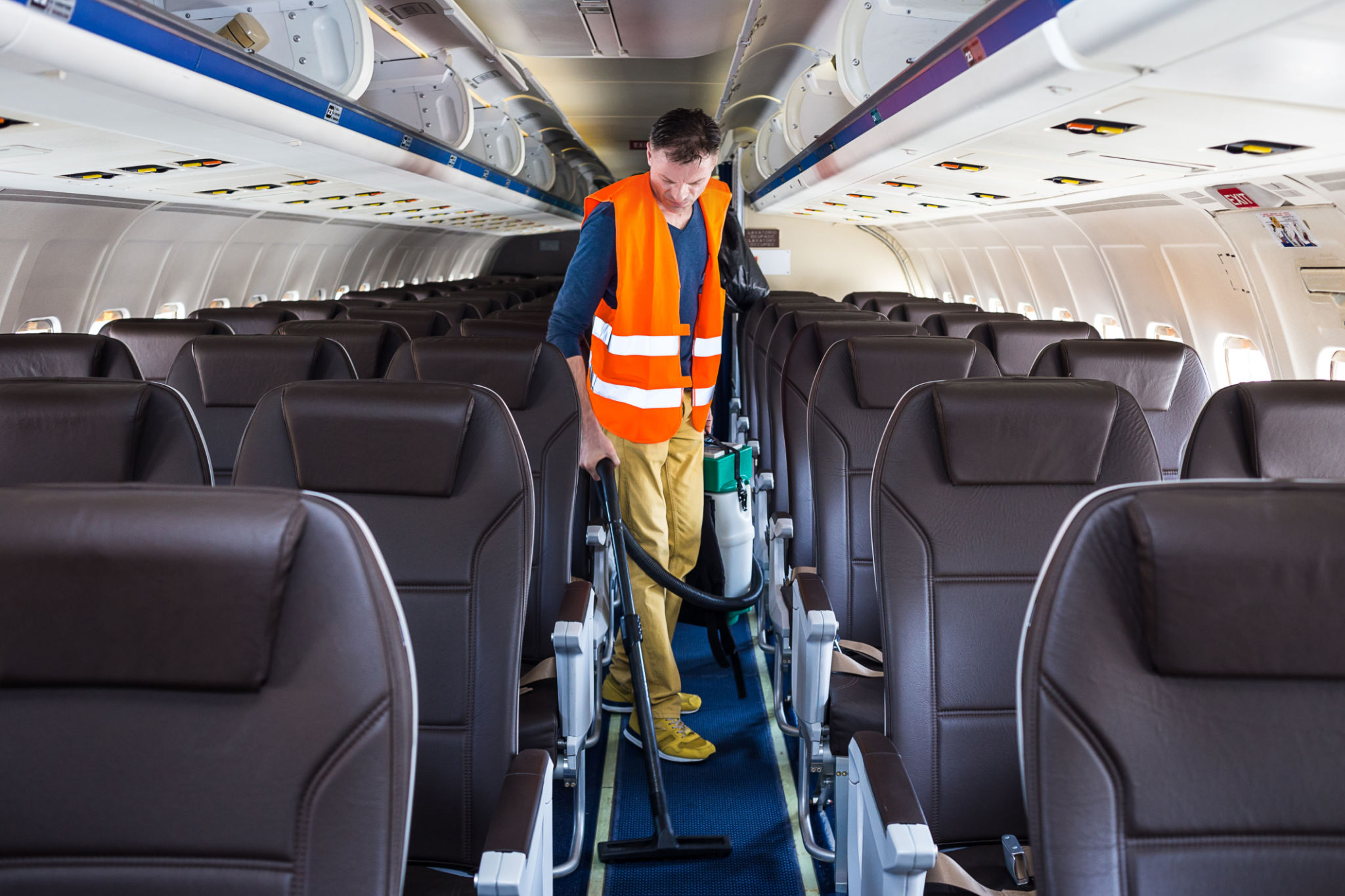The Future of Aircraft Cleaning: Trends in Eco-Friendly Products
The Rise of Eco-Friendly Aircraft Cleaning Solutions
The aviation industry has long been under scrutiny for its environmental impact. As the world pushes towards sustainability, the sector is embracing more eco-friendly practices, particularly in aircraft cleaning. The future of aircraft cleaning is leaning heavily towards environmentally safe products that promise to reduce carbon footprints without compromising on quality.

Why Eco-Friendly Products Are Gaining Popularity
Traditional aircraft cleaning methods often involve harsh chemicals that can be detrimental to both human health and the environment. As awareness grows, airlines and cleaning companies are seeking alternatives that not only clean effectively but also align with global sustainability goals. Eco-friendly products are becoming the preferred choice due to their biodegradability and reduced toxicity.
These products offer a dual benefit: they help maintain the pristine condition of aircraft while minimizing ecological harm. This shift is not just a trend but an imperative step towards sustainable aviation practices.
Innovations in Eco-Friendly Cleaning Technologies
Recent innovations have introduced a range of new cleaning technologies. For instance, waterless cleaning solutions are becoming more popular. These products drastically reduce water usage, which is a significant advantage given the vast amounts traditionally used in washing aircraft.

Additionally, bio-based cleaning agents derived from natural sources are gaining traction. These agents are not only effective in removing dirt and grime but are also non-toxic and safe for the environment. The introduction of such technologies marks a pivotal change in how aircraft cleanliness is approached.
Benefits of Adopting Green Cleaning Practices
Adopting eco-friendly cleaning products offers numerous benefits. For airlines, it leads to a positive brand image as companies are increasingly judged on their sustainability efforts. Passengers are more likely to choose airlines that demonstrate a commitment to reducing their environmental impact.
- Cost-Efficiency: Although initial investments might be higher, the long-term operational costs tend to decrease with reduced water and chemical usage.
- Regulatory Compliance: As governments worldwide impose stricter environmental regulations, eco-friendly products help airlines stay compliant.
- Enhanced Safety: With fewer toxic substances, there is a reduced risk of health hazards for both cleaning staff and passengers.

The Role of Policy and Regulation
Government policies play a crucial role in driving the adoption of eco-friendly aircraft cleaning products. Regulations mandating the reduction of carbon emissions and waste encourage companies to seek sustainable alternatives. In some regions, incentives are provided for companies that actively reduce their ecological footprint.
As more countries adopt stringent environmental policies, the demand for green cleaning solutions is expected to rise further, pushing innovation and adoption at an even faster rate.
The Future Outlook
The future of aircraft cleaning looks promising with continued advancements in eco-friendly technologies. As more airlines pledge to achieve net-zero emissions, the demand for sustainable cleaning methods will undoubtedly grow.
Ultimately, the shift towards eco-friendly aircraft cleaning is not just about meeting regulations, but about taking responsible steps towards preserving our planet. Embracing these changes today ensures a cleaner and healthier tomorrow for future generations.
